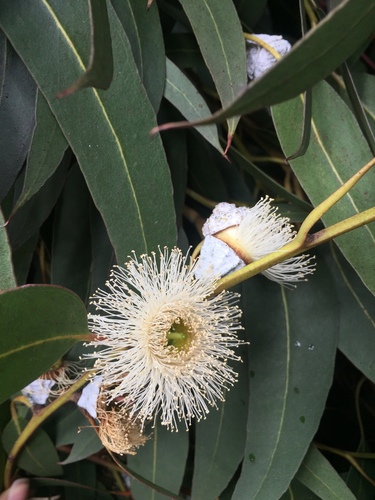My Garden

| Category | Details | |
|---|---|---|
| Plant Type | Perennial plant | |
| Estimated Plant Lifespan | 20 years lifespan | |
| Sun Requirements | 4-6 hours direct sunlight (Partial Sun) | |
| Pollination | Method: Animal Notes: Pollinated by insects and possibly birds; can be manually pollinated to increase fruit set (rare). | |
| Watering Requirements | Method: Top water Frequency: Keep the soil consistently moist, but not waterlogged. Water when the top inch of soil feels dry. Notes: Reduce watering during the dormant winter months. | |
| Humidity Requirements | Level: High Maintenance: Mist the plant regularly, especially during dry periods, or place the pot on a humidity tray filled with pebbles and water. | |
| Cleaning Requirements | Prune after flowering to shape the plant and encourage bushier growth. Fertilize regularly during the growing season with a balanced fertilizer. Protect from frost and cold drafts. | |
| Temperature Range | Min: 10°C Max: 35°C |



Chinese Banyan has aggressive root systems that can outcompete Gardenia taitensis for water and nutrients. It also casts dense shade, which can negatively affect the gardenia's flowering.

Eucalyptus trees are fast-growing and can quickly outcompete Gardenia taitensis for sunlight, water, and nutrients. The essential oils released by eucalyptus can also be detrimental to nearby plants.
Small, soft-bodied insects that suck sap from leaves and stems. They can cause stunted growth, yellowing leaves, and sticky honeydew. Infestations can lead to sooty mold.
Soft-bodied insects covered in a white, waxy substance. They feed on plant sap, causing yellowing leaves, stunted growth, and the production of honeydew.
Small, immobile insects that attach themselves to stems and leaves, sucking sap. They appear as bumps or shell-like structures.
Steps:
- Take a 4-6 inch cutting from a healthy stem.
- Remove the leaves from the lower half of the cutting.
- Dip the cut end in rooting hormone (optional).
- Plant the cutting in a well-draining potting mix.
- Keep the soil moist and provide indirect sunlight.
- Roots should develop in 4-8 weeks.
Neem Oil
Effective natural pesticide for controlling aphids, mealybugs, and scale.
Compost Tea
Provides nutrients and beneficial microbes to improve plant health and resilience.
Bonemeal
Adds phosphorus, essential for strong root development and flowering.
